COMPUTATIONAL DESIGN
GENETIC OPTIMIZATION// N.E.S.T 2.0
This N.E.S.T 2.0 is an adaptation of the N.E.S.T 1.0, previously developed at IAAC. The structure, skin and spatial organization are build upon.The proposed alternative has developments based on environmental analysis, fabrication protocols, joinery details and assembly sequence of the structure.

OPTIMIZATION CRITERIA // OBJECTIVES
The structure is optimized using tools such as Karamba 3d, Ladybug and Galapagos, to obtain the most favourable orientation and skin design for the climatic conditions of Barcelona.
Barcelona has a Mediterranean climate, with mild winters and hot summers. It has a warm-temperate subtropical climate. The Atlantic lows often arrive in Barcelona with low humidity, producing little or no rain. The proximity to the Mediterranean Sea and the relief are why the summers are not as dry as other locations in the Mediterranean Basin.
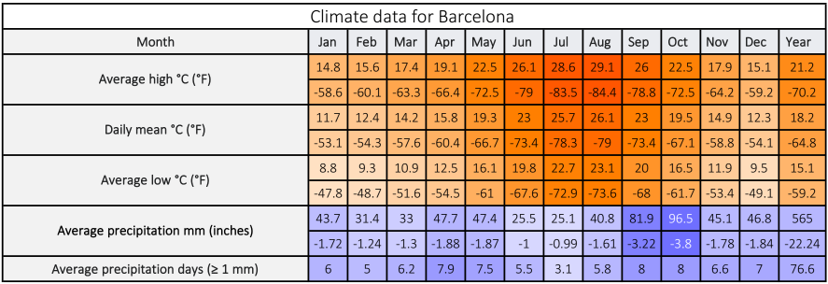
PARAMETERS TO OPTIMIZE
- Orientation of N.E.S.T 2.0 based on oculus
- Position of the openings (for windows) and panels
ORIENTATION AND OPENINGS OPTIMIZATION
Done on the basis of daylight hours and radiation analysis
Goal: Maximum daylight hours for minimum radiation gain throughout the year.
PSEUDO CODE
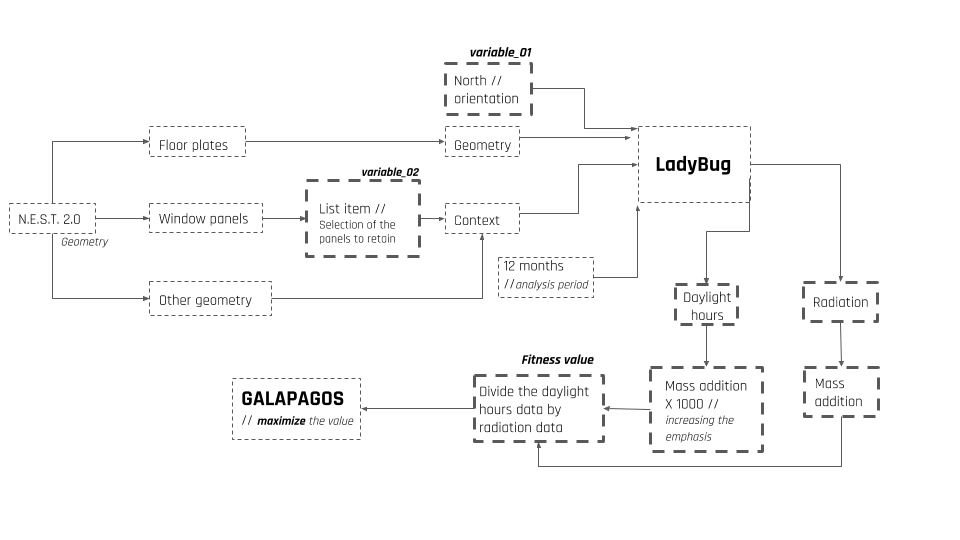
GH CODE
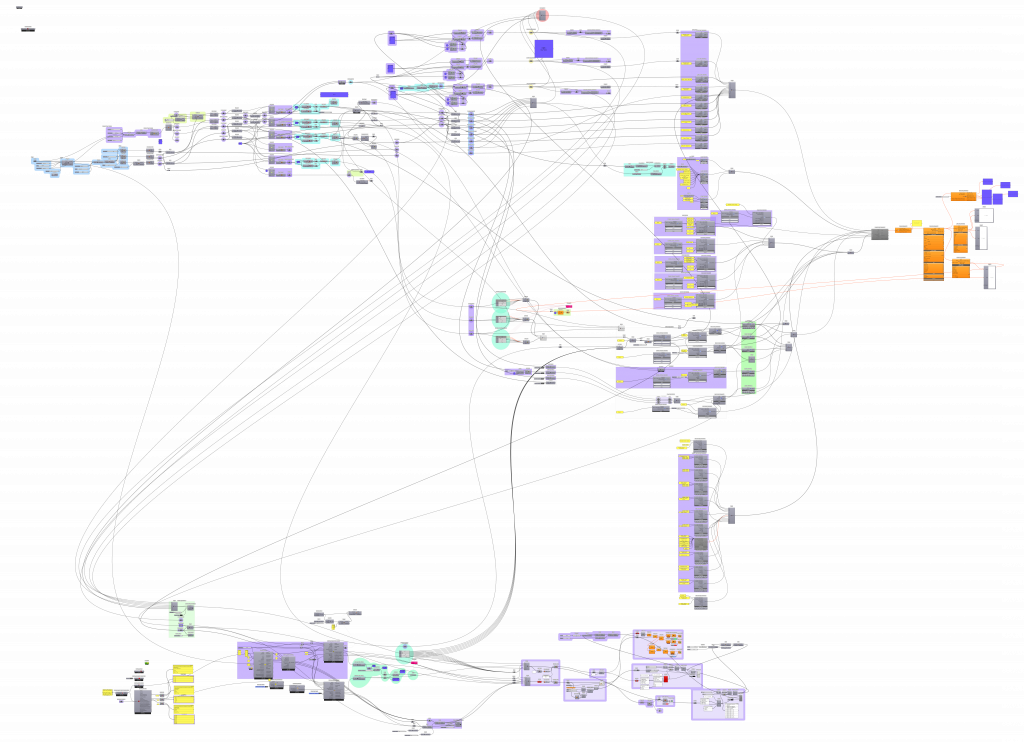
PARAMETERS
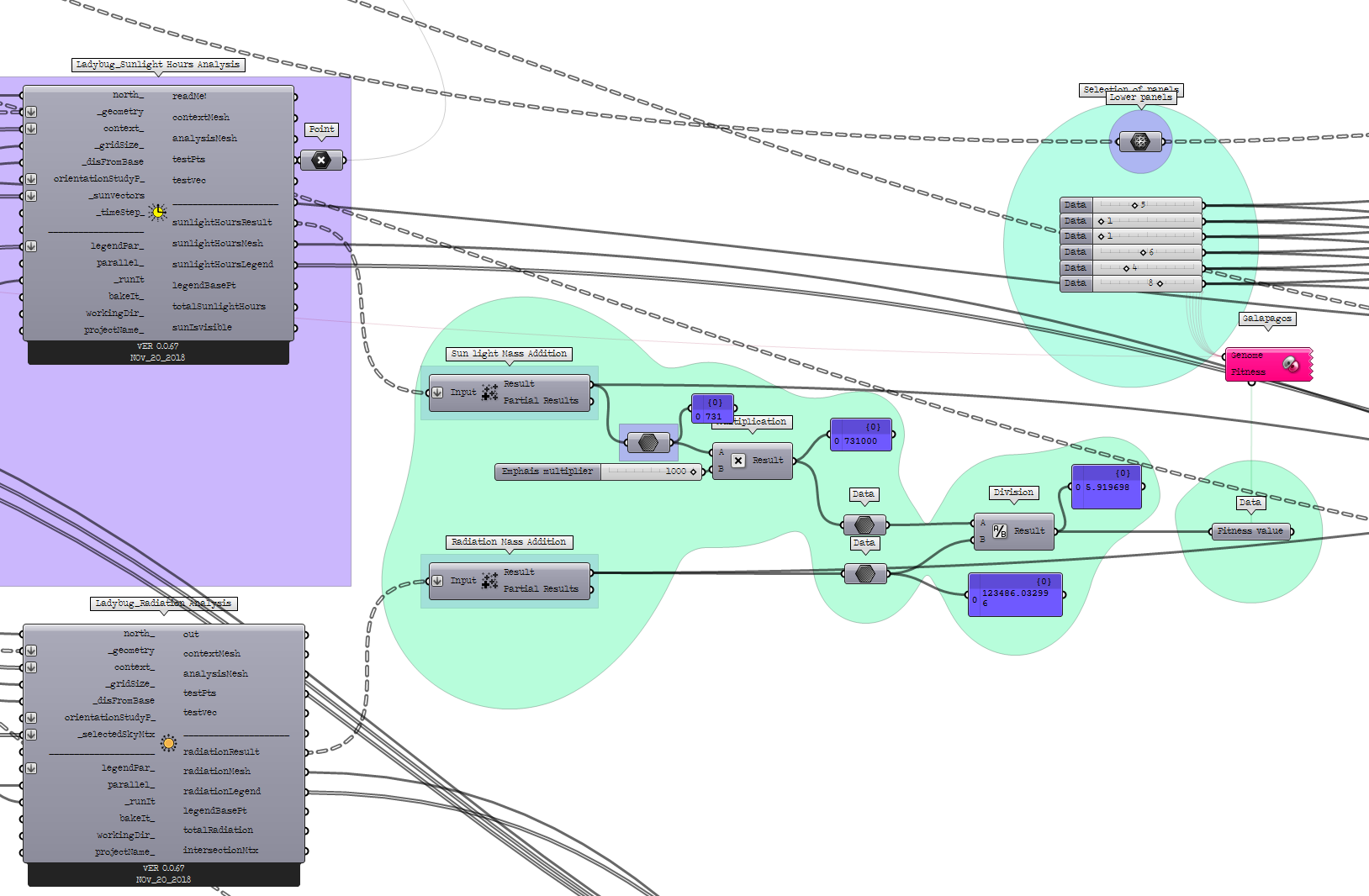
OPTIMIZATION
CATALOGUE
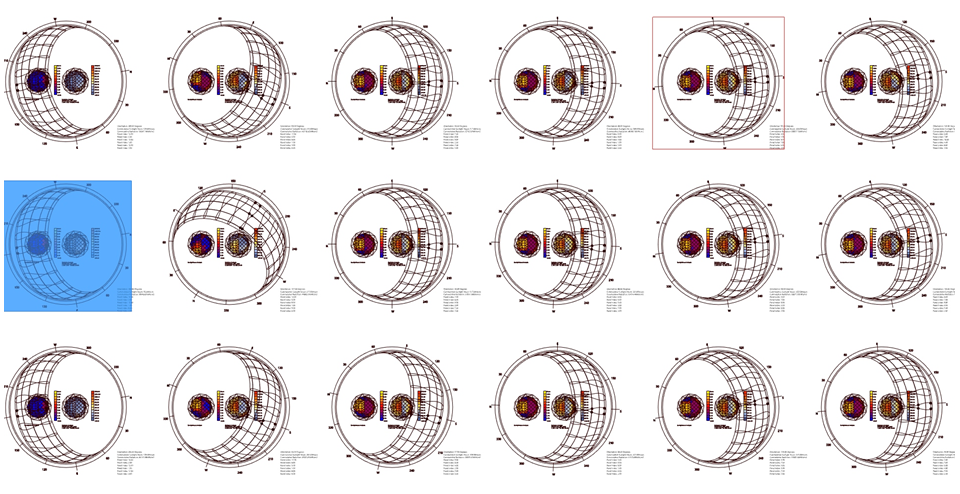
FINAL OPTIMIZED RESULT
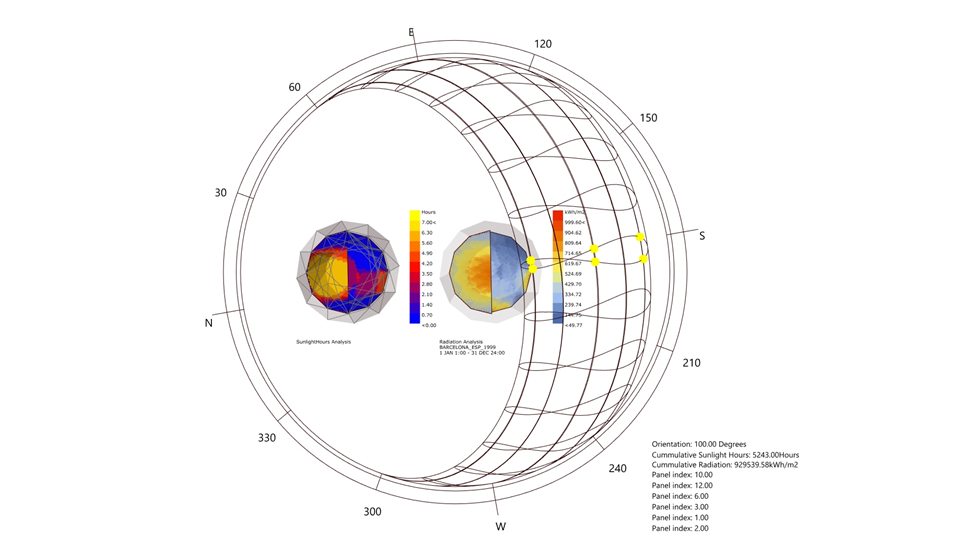
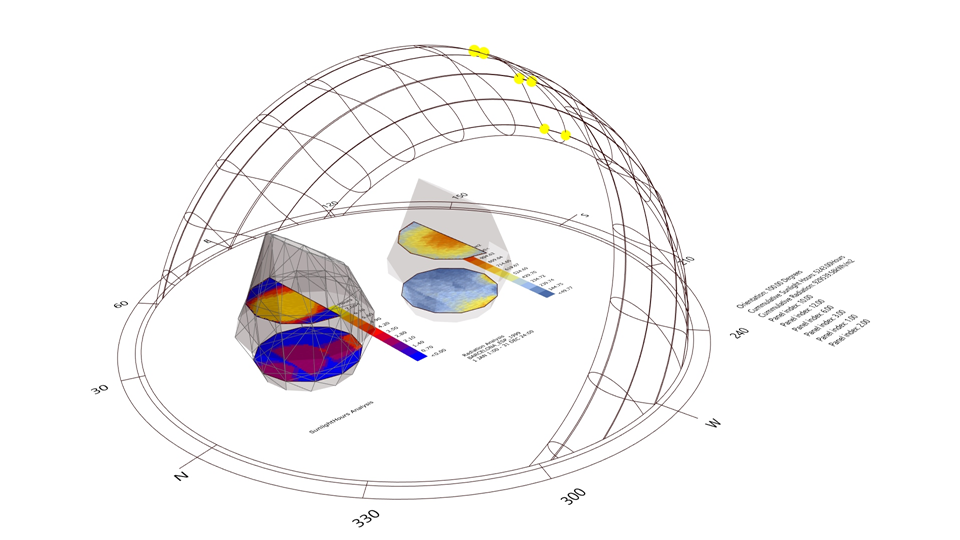
OPTIMIZATION CONCLUSION
The analysis period : Data recorded for Barcelona at 1 pm of 21st of each month for 12 months
- Orientation: 100.00° rotated from the north
- Cumulative Sunlight Hours: 5243.00 Hours for the analysis period
- Cumulative Radiation: 929539.58 kWh/m2 for the analysis period
- Panel index: 1, 2, 3 ,6, 10, 12
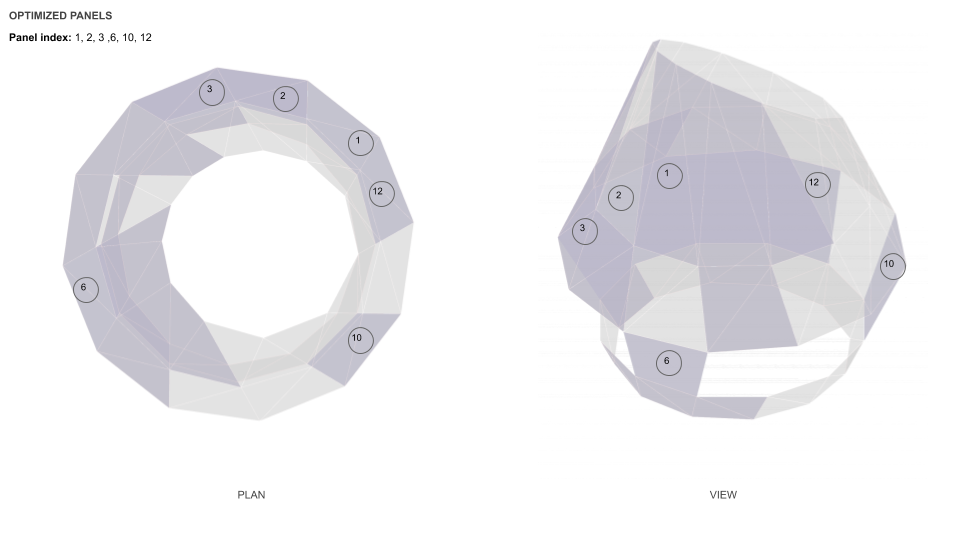
VISUALIZATION // RENDER
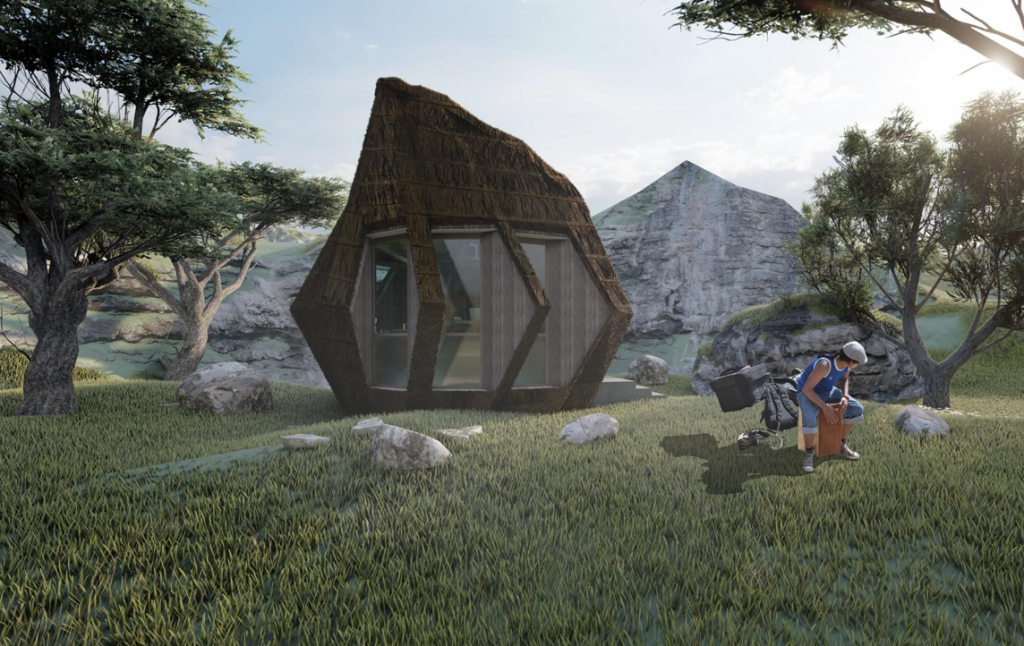
Genetic Optimization // ‘N.E.S.T 2.0’ is a project of IAAC, Institute for Advanced Architecture of Catalonia developed in the Master in Advanced Architecture 2019/20 by Students: Aditya Ambare, Poojitha Tadshina Reddy and Faculty: Rodrigo Aguirre